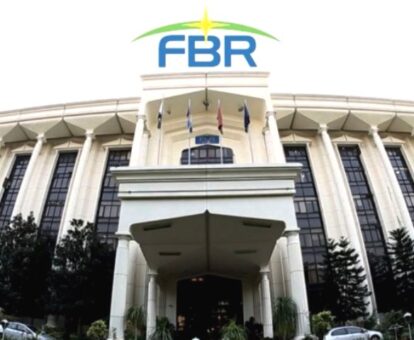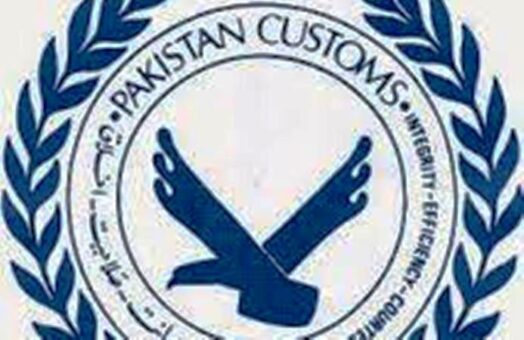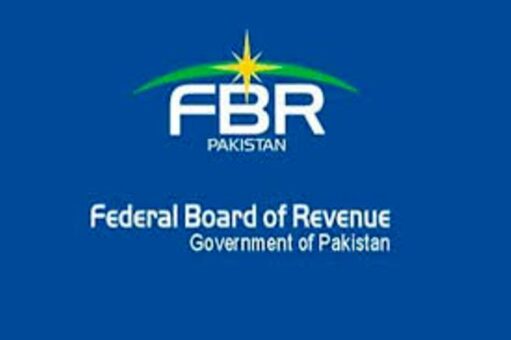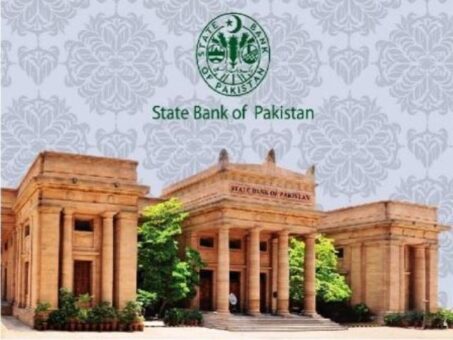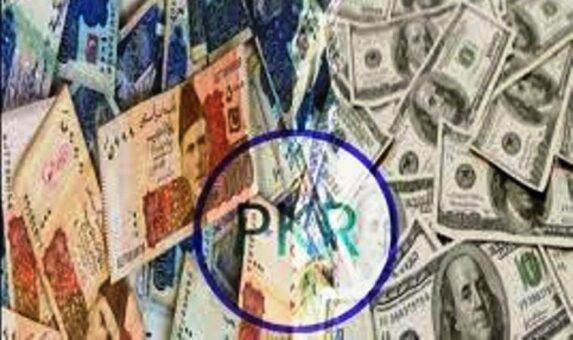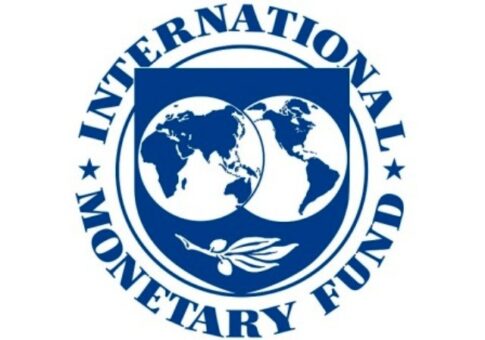ISLAMABAD: The Federal Board of Revenue (FBR) on Monday deputed senior Customs officers at all the international airports of the country to facilitate passengers related to imported items that are banned by the government.
The FBR through an order nominated focal persons at all the airports of the country. It said that in wake of the issuance of SRO 598(I)/2022, and to facilitate the genuine passengers arriving at all the international airports of the country, a list of officers has been issued regarding facilitation and compliant redressal.
The list of officers and their contact number can be accessed here.
The FBR directed that all the focal persons should ensure their availability over the respective telephone numbers round the clock.
The government on May 19, 2022 imposed a complete ban on luxury and non-essential items in order to reduce import bill and to prevent rupee devaluation. In this regard, the ministry of commerce issued SRO 598(I)/2022 to impose the ban on imported items.
READ MORE: Import ban not to apply on L/C issued before May 19, 2022
The FBR on May 24, 2022 issued a press statement saying that Pakistan Customs has stepped up enforcement at all International Airports across Pakistan to prevent smuggling of items which have recently been banned by the Federal Government vide SRO No. 598(I)/2022, dated 19.05.2022 by amending Import Policy Order, 2022.
This round-the-clock vigilance at International Terminals to prevent smuggling have already resulted in seizures of these items which were being brought in in the garb of bonafide passenger baggage.
READ MORE: Pakistan’s imports hit record high at $65.47 bn in 10 months
During scanning and checking at Jinnah International Airport (JIAP), Karachi on 23.05.2022, banned items such as food stuff, fruits, sanitary wares, used mobile phones, and branded shoes, in commercial quantities were recovered. The said items have been detained/seized under Section 168 of the Customs Act, 1969 for violation of SRO 598(I)/2022, dated 19.05.2022, (Import Policy Order, 2022) and Sections 16 and 139 of the Customs Act, 1969.
While commending the efforts of Pakistan Customs, Chairman FBR has reiterated unflinching resolve of the FBR to further strengthen enforcement measures at all airports, seaports, and land border stations to ensure the prevention of smuggling of goods including newly banned items.
READ MORE: Pakistan’s March trade deficit widens by only 5.5%
However, Finance Minister and Chairman FBR have issued instructions not to bother bonafide passengers bringing in goods in noncommercial/small quantities for personal use and to facilitate such passengers at airports to the maximum extent possible as per legal provisions.
